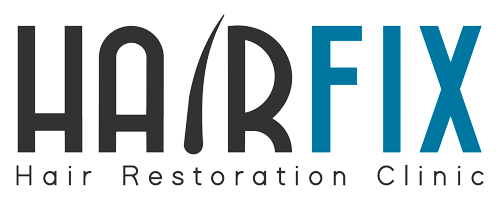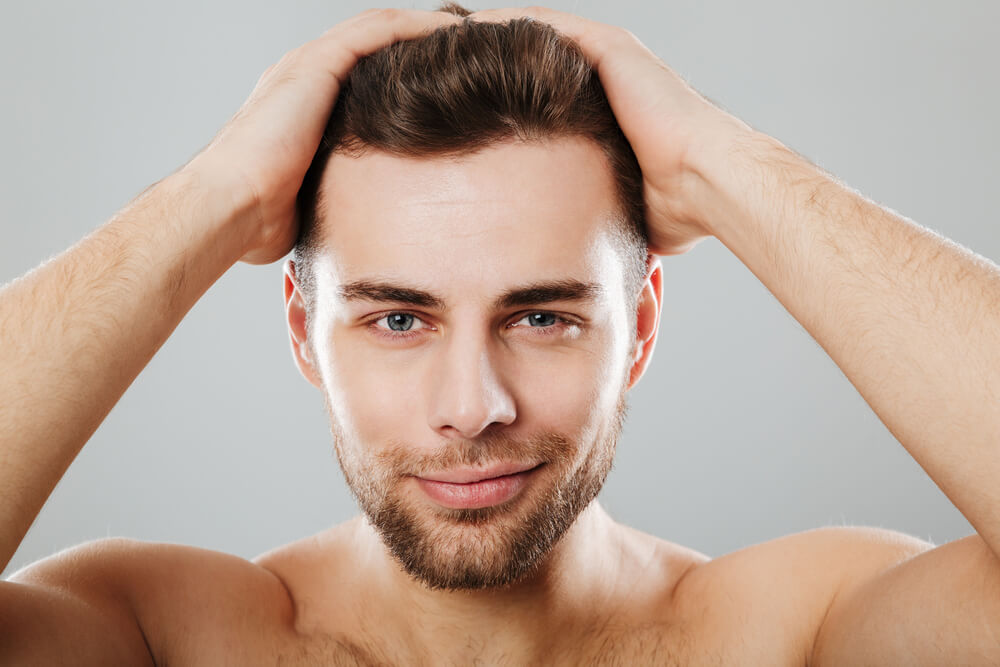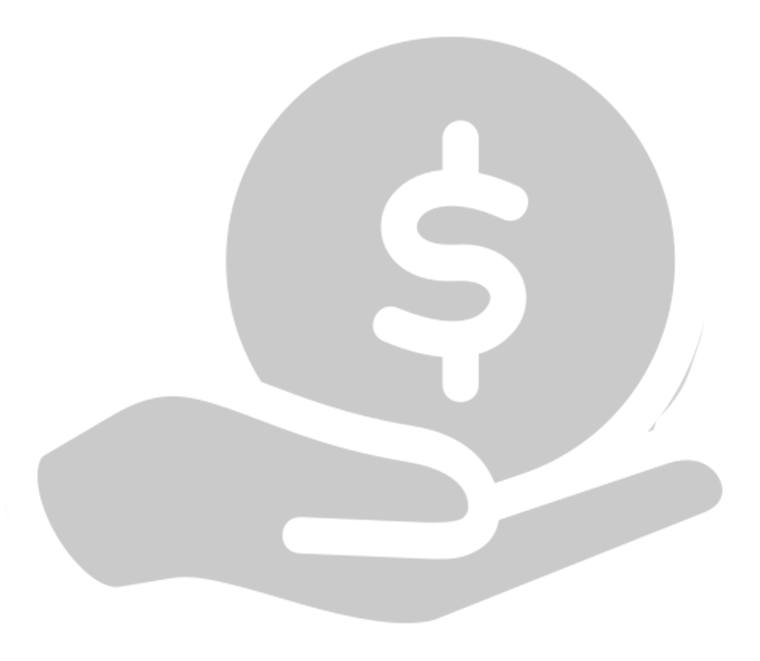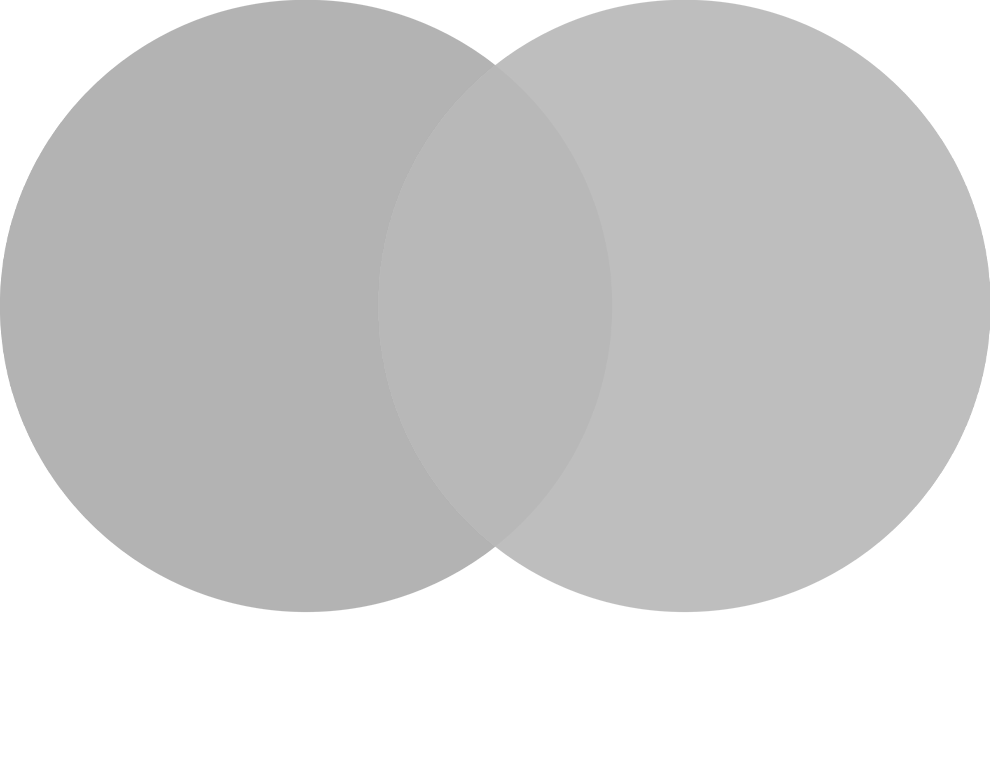Does hair transplantation really work? This is one of the most common questions our patients ask us, and the answer is yes, it works! Hair transplantation is an effective treatment for permanent hair regrowth in areas such as the crown or temples, with a graft survival rate of 85-95%, which means that most of the hair will adapt and grow quickly in the transplanted areas.
Although it usually takes a year to see the final results, this hair loss treatment is more successful than many other alternatives. Much of the success of hair transplantation lies in the diagnosis and analysis by hair restoration experts, as well as the transplantation process.
In addition to the importance of seeing hair restoration experts, it is important to consider that there are other factors that influence the success of hair transplantation. Today on the Hairfix blog we will tell you what these factors are and how you can use them to your advantage to ensure the results of your procedure.
Tabla de Contenidos
Hair quality assessment
The success of a hair transplant depends on an accurate assessment of two areas:
- The donor area (where the hair will be taken from).
- The recipient area (where the hair will be implanted).
During this process, the physician evaluates aspects such as the density and thickness of the existing hair, as well as the laxity of the scalp. Occasionally, the quality of the donor area is not ideal for a hair transplant; in this case, our hair specialists may recommend that you undergo mesotherapy treatment for a few months; usually patients who were not initially candidates end up being candidates for a hair transplant after mesotherapy.
General health
While hair transplantation is a relatively simple procedure, as with any other type of surgery, good general health is ideal. Those with chronic health problems such as diabetes, heart disease, kidney or liver failure may not be candidates. Here we explain why:
- Diabetes. People with diabetes may have problems with the wound healing process due to fluctuations in blood glucose levels, and are therefore more at risk for infections. This slowing down can decrease the success rate of hair implants, so it is essential to stabilize the patient to ensure that the results will be as desired.
- Autoimmune diseases. Although an autoimmune disease such as lupus or arthritis does not necessarily affect hair health, there is a risk that the patient’s immune system may detect the graft as a foreign object and generate an inflammatory response of rejection, so the results may not be as expected.
- Coagulation diseases. Disorders such as hemophilia increase the risk of bleeding during extraction and follicular implantation, which could affect graft placement and survival.
- Scalp health problems. Mild conditions such as seborrheic dermatitis, or more severe conditions such as psoriasis, result in a less receptive environment for transplantation and can compromise the outcome.
Diagnostic evaluation is key to ensuring that the procedure is safe and successful for the patient, and allows for effective treatment to provide the optimal conditions for transplantation.

Follicular unit care
Once the hair has been extracted, the follicular units are preserved by immersing them in a special solution and storing them at a specific temperature, while they are organized by the number of hairs each unit has (they usually contain 1 to 7 hairs per unit). This process must be done very carefully to maintain the integrity of the grafts.
Postoperative and post-surgical care
The treatment itself does not end with the surgical process. The days and weeks immediately following surgery are crucial for healing and recovery. Following your doctor’s instructions is critical to a successful outcome, for example:
- Rest. After the graft, it is essential to rest at least 24 hours for a proper recovery.
- Sleep at 45°. The first days, the patient should sleep with the head slightly incorporated so as not to damage the newly implanted follicles.
- Follow the medication schedule. After the graft, the specialist may recommend painkillers, antibiotics and the use of topical products to reduce inflammation and promote healing of the implants.
- Cleaning. The specialist will give you specific recommendations for washing the implant recipient and donor sites. In general, it is recommended to use specific products and to wash the hair only with the fingertips or the palm of the hand, avoiding the use of nails or scratching. In addition, it is recommended to use lukewarm or cold water, not to exert pressure on the donor area and to avoid the use of hair dryers.
- Avoid direct sun. For a few weeks, direct exposure to the sun should be avoided. It is essential to protect the scalp with a hat, caps or umbrellas.
- Avoid intense physical activities. It is important to avoid intense sports for at least 20 days to avoid sweating, as this increases the risk of infections and can cause you to scratch your head (which you should avoid completely).
Doctor skills
The doctor’s skills and experience play a vital role in the outcome of a hair transplant, as the way he performs the extraction and implantation directly influences the way your new hair will look and feel once it is done. grow.
An expert hair transplant surgeon must be able to strategically control the angle, depth and direction of each hair graft so that the final result looks complete and natural, regardless of the technique used (FUE – Follicular Unit Extraction – the most popular for hair transplants worldwide).
If you are looking for a hair transplant clinic, or a specialist, you should know that an expert is characterized by:
- Training and professional experience. The specialist must have complete medical training, specializing in plastic surgery or dermatology, in trichology and hair micrograft.
- Professional experience. The specialist must have extensive experience in hair transplantation and verifiable success stories.
- Mastery of hair transplant techniques. The surgeon must master the hair graft techniques that provide the most satisfactory results, such as FUE and DHI.
- Reputation. Make sure the surgeon and hair transplant clinic have good references and opinions based on the facilities, customer service, design and personalized strategies for each patient.
Hair transplant techniques
In general, there are three types of hair transplant techniques, with different characteristics and success rates:
FUT – Follicular Unit Transplantation
The FUT or FUSS technique involves removing a thin strip of skin from the back of the head up to 20 cm long and 1 cm wide to cover large bald areas. It is used in people with significant hair loss on the forehead, but with a good amount of hair in the donor area.
FUE – Follicular Unit Extraction
In the FUE technique, individual follicular units are extracted from the donor area and implanted in the recipient area, making it less invasive than FUT. In addition, it allows greater precision in the direction and angle of the implanted hair to have a more natural appearance.
DHI – Direct Hair Implant
Currently, the DHI technique is the most used as it is an improved version of the FUE. In this, the hair follicles are extracted from the donor area, they are treated for implantation in the recipient area and they are implanted with a device similar to a pen. Unlike other techniques, DHI does not make incisions, but rather small holes in the skin, which allows it to work faster, have greater survival of the follicles and a higher success rate.
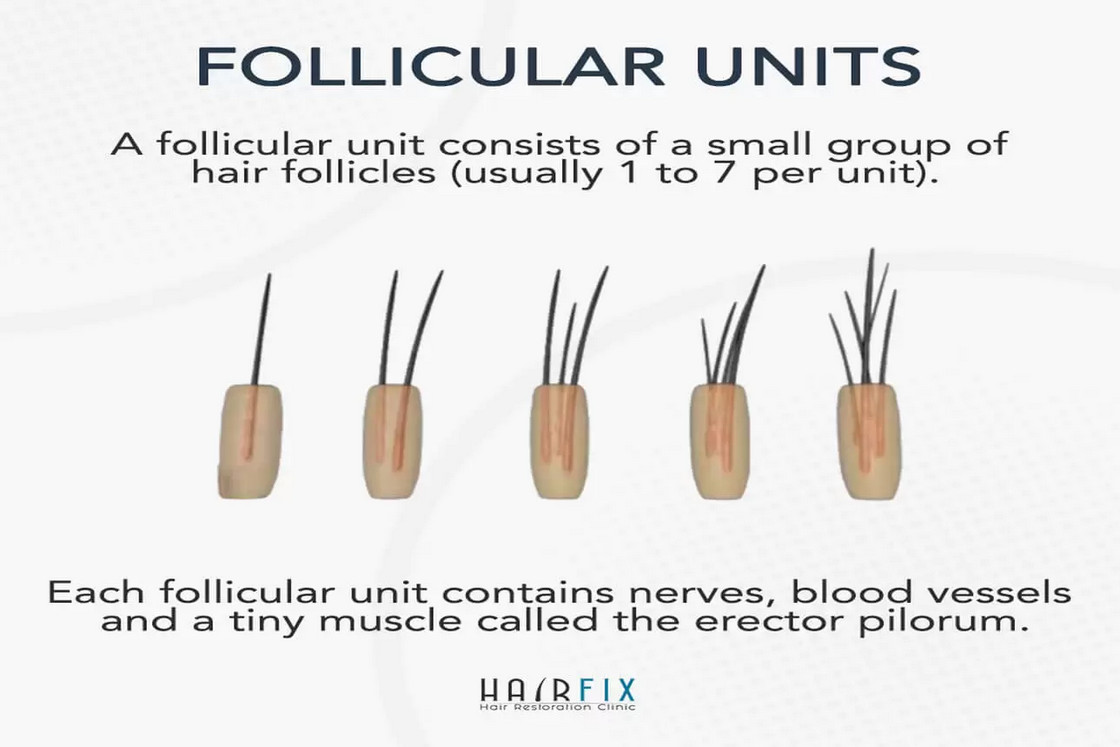
Clinic facilities and technology
The day of surgery is when the most important event for the success of the hair transplant happens. The clinic must have cutting-edge technology for the chosen graft technique, in addition to having comfortable and safe facilities, a complete staff to assist the surgeon and, at the same time, ensure that the patient is calm and does not suffer pain.
Complications such as excessive bleeding during a hair transplant are rare, but the clinic must be prepared to act quickly if necessary.
Frequent questions
Which hair implant technique is best?
Currently, the DHI technique is the one that offers the best results in terms of success rate. However, it is essential to attend an assessment consultation to determine the appropriate technique for each patient based on their particular conditions.
Will hair transplant give me a natural look?
Yes. When the patient’s follicles are used, the hair will have the same shape and color as the rest of the hair. In addition, the specialist will create a design to achieve a 100% natural appearance.
Is there a risk of failure with implants?
With a good choice of specialist and hair transplant clinic, as well as prior evaluation and following postoperative recommendations, the risk of failure is less than 2%.
Does hair transplantation hurt?
During the extraction and follicular implantation, a slight discomfort may be perceived that the surgeon’s team will take care of attenuating so that the patient is always comfortable and calm.
Conclusion
Hair transplantation is a safe procedure with a high success rate when performed by specialists in hair restoration, such as the Hairfix clinic where you will find solutions to recover the density and health of your mane.
We hope this information will help you to know the factors that influence the success of the process and to understand that each step of the process is important for a successful outcome, from the previous assessment, the surgery itself to the postoperative care.
At Hairfix, our specialized medical team of the best hair transplant in Mexico will help you achieve your aesthetic goals, schedule an appointment today for a FREE hair transplant consultation in Mexico! Ask us about the hair implants for men cost.
